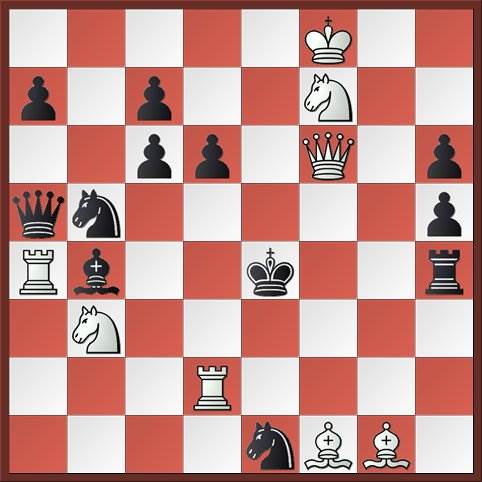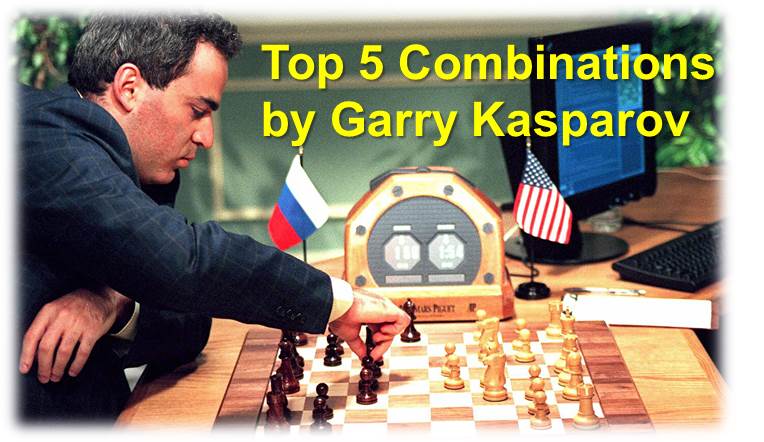Improving Your Tactical Vision: 5 Chess Position to Study
It is well know that in order to improve your positional understanding you need to study games of stronger chess players. What do we do about tactics? Do you need to solve tons of problems? The answer is ‘yes’ and ‘no’. You need to solve the right type of tactics, the ones that actually have occurred in real games.
I have good news for you though. By studying today’s problems you will not only improve your tactical vision but also will add few ideas to your positional arsenal.
Note: as I have mentioned above these are not purely tactical problems. Sure, they have strong tactical motifs, but in order to find them you need to understand what’s going on in the position and only then you will be able to find the correct solution. It is a mix of tactics + positional play. That said, there are maybe multiple ways to play one or another position.
These positions are good for chess players who want not only to work on their tactics skills, but also aim improve their positional understanding.
Even more effective way to improve positional play is studying well annotated GM games. If you’re serious about it, I suggest checking out our training course. Sure, you need to commit to it for 3 weeks or a little longer, but trust me it’s worth it at the end! We focus on many important elements of the game including positional understanding, attacking play, blunder avoidance, endgame play, tactics, etc. Make sure to check it out.
Position 1. Steinitz, William – Chigorin, Mikhail, London 1883
White has just played a bad move 26. Kg1?, how can black take advantage of it?

Black to move and win
Position 2. Botvinnik, Mikhail – Grigoriev, Nikolay, Leningrad 1927
White has a strong combination in mind that will totally destroy black’s position, can you find it?

White to move and win
Position 3. Capablanca, Jose Raul – Steiner, Herman, Los Angeles 1933
White has a very strong attack in progress, but the black’s king escaped on c5. Is there a way to continue the attack?

White to move and win
Position 4. Lasker, Emanuel – Marshall, Frank James, St. Petersburg 1914
White has a way to deliver a forced checkmate. Do you see how Lasker did it?

White to move and win
Position 5. Pillsbury, Harry Nelson – Lasker, Emanuel, St. Petersburg 1896
White has some serious material advantage, so black needs to act quickly. What did Lasker play?

Black to move and win










Comments: